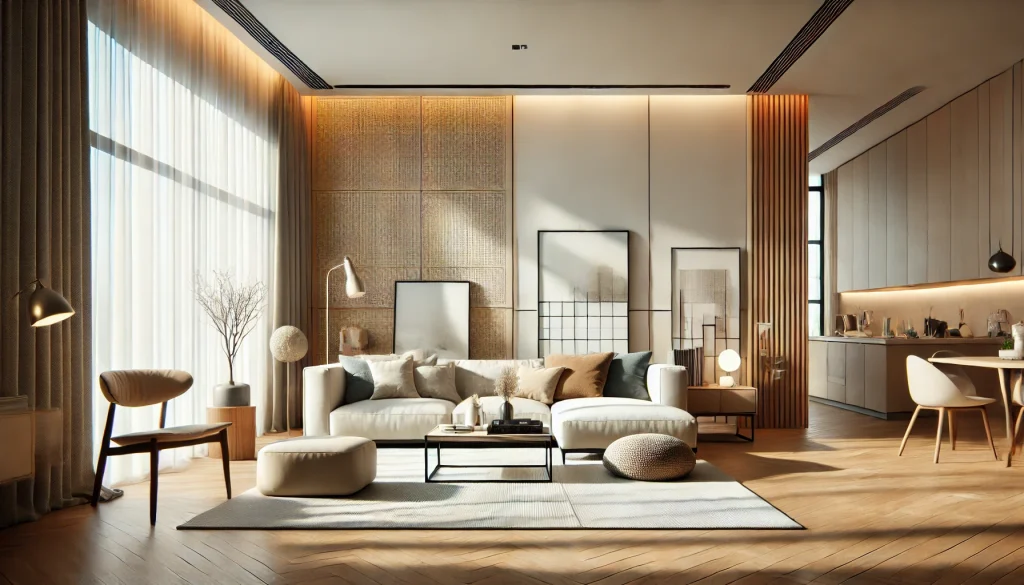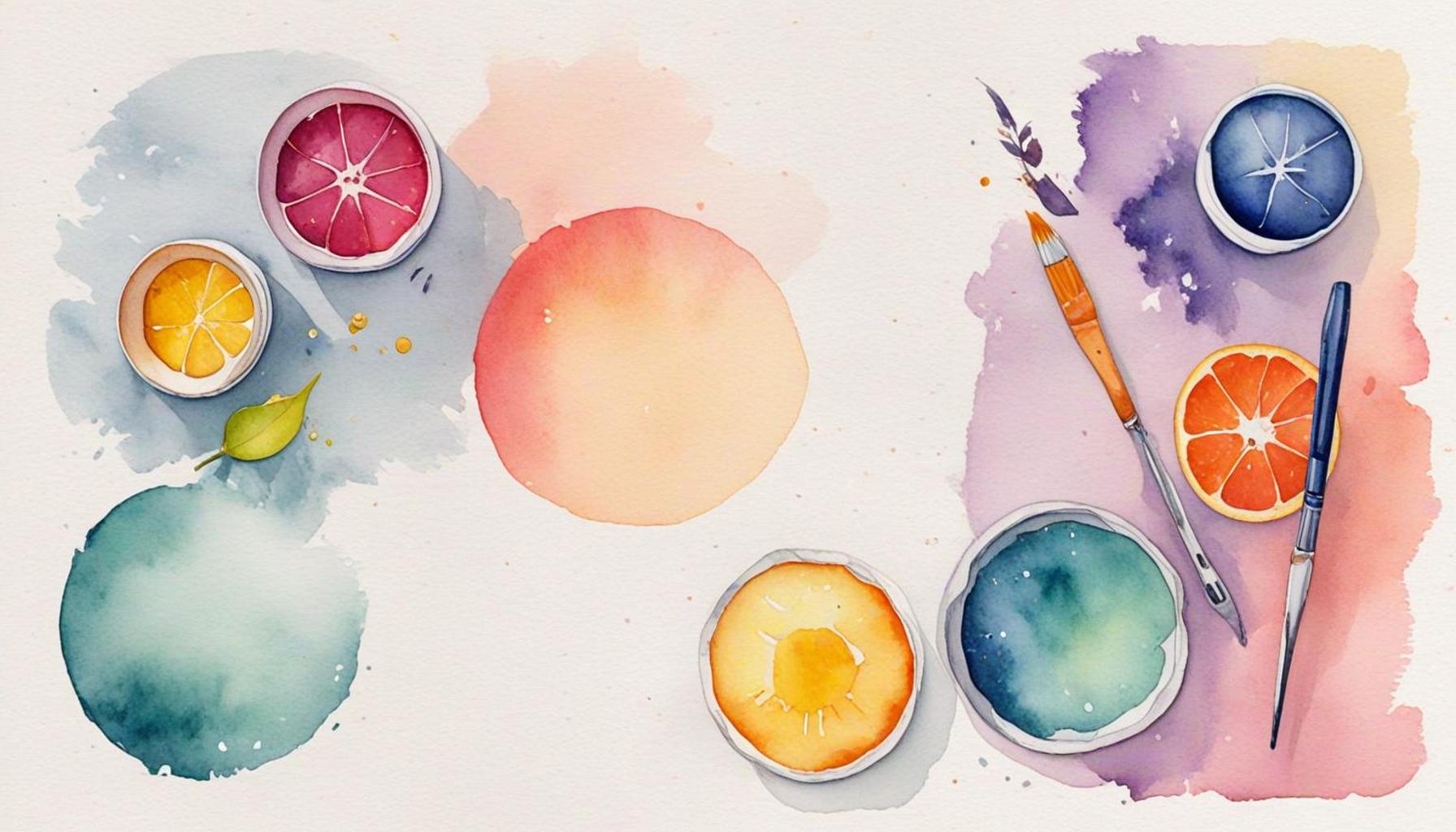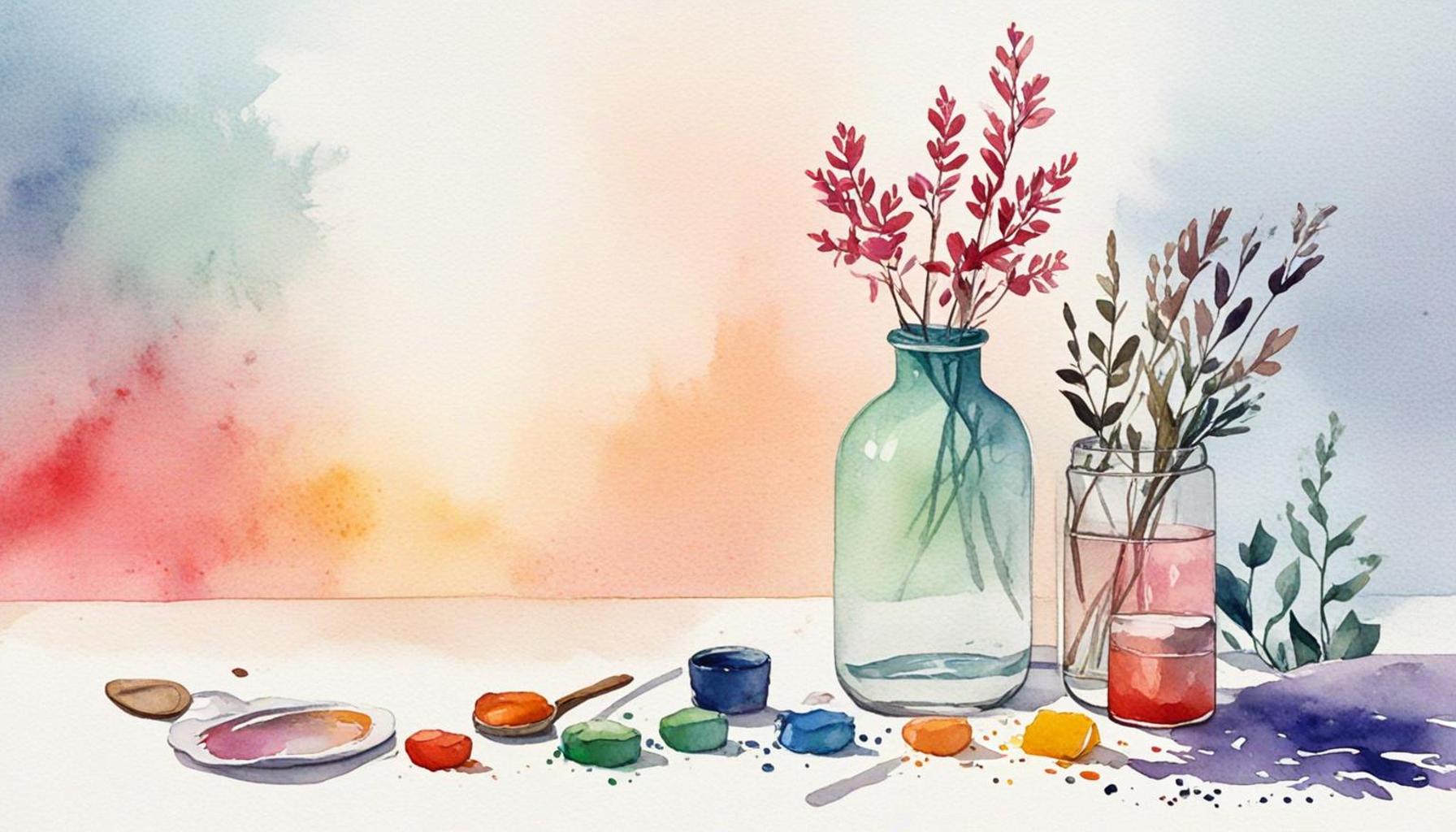The Art of Defining Intentions: How Minimalism Enhances an Intentional Life

The Importance of Intentional Living
In recent years, the notion of intentional living has risen to prominence as people strive to find deeper meaning amidst the chaos of modern life. The rush of daily responsibilities, from work obligations to social media notifications, often leaves little room for reflection. As individuals grapple with these overwhelming stimuli, many are finding refuge in the principles of minimalism, a powerful approach that promotes clarity of purpose and enhanced focus on what is genuinely significant.
So, what does it mean to lead an intentional life? Here are some key characteristics that define this lifestyle:
- Selective Choices: Intentional living emphasizes the need to be discerning about the choices we make. This prioritization of quality over quantity extends not only to personal possessions but also to relationships and experiences. For example, instead of filling a calendar with numerous social engagements, one might opt for a few deep, meaningful connections that foster genuine support and joy.
- Mindful Consumption: This principle encourages individuals to evaluate their consumption habits critically. Every purchase, whether it be clothing, gadgets, or groceries, should be deliberate and aligned with one’s values. For instance, choosing to buy locally-sourced produce not only supports the community but also promotes environmental sustainability.
- Defined Goals: Setting specific, actionable goals grounded in personal values is pivotal. An individual may start with small, measurable objectives, such as dedicating time each week to a passionate hobby like painting or writing, thereby aligning their daily activities with their overarching aspirations.
Embracing minimalism can serve as a catalyst for navigating the noise of modern existence. By focusing on the essential, individuals can clear not just their physical space, but also alleviate mental clutter. For instance, a decluttered workspace often translates to improved productivity and creativity, allowing for deeper engagement with tasks at hand.
As you immerse yourself in the practice of defining intentions through minimalism, you will find a treasure trove of strategies and insights. These practical tools can help you articulate your desires and manage your priorities more effectively, ultimately paving the way for a life that mirrors your true aspirations. By turning your gaze inward and simplifying your surroundings, you pave the way for a more intentional and authentic lifestyle, one that is imbued with purpose and satisfaction.
In essence, the pursuit of an intentional life is a journey towards self-discovery and fulfillment. As you explore this path, consider the relationships, habits, and values that resonate most with you. The deliberate choices you make can lead to a life that is not only clutter-free but also dives deeper into what it means to truly thrive.

DIVE DEEPER: Click here for practical organization tips
Understanding Minimalism as a Tool for Intentional Living
At its core, minimalism advocates for a lifestyle that prioritizes simplicity and intentionality. It is less about living with a specific number of items and more about creating a space and mindset that fosters clarity and purpose. For those yearning to attain a more focused existence, minimalism emerges as a profound method to strip away the excess and hone in on what truly matters.
One of the primary benefits of minimalism is that it often leads to enhanced mental clarity. Studies indicate that physical clutter can overwhelm the brain, making it hard to concentrate and execute tasks effectively. By simplifying our environments, we not only rejuvenate our spaces but also cultivate a clearer mental landscape. This clarity allows individuals to align their actions with their intentions, paving the way for a more coherent and fulfilling life.
To effectively integrate minimalism into one’s journey towards intentional living, consider the following strategies:
- Decluttering Rituals: Regularly engage in decluttering sessions that encourage a fresh perspective on your belongings. Set aside time each month to evaluate items in your home; if something no longer serves a purpose or brings joy, consider letting it go. This practice strengthens your commitment to intentional choices.
- Digital Minimalism: In a world fueled by information overload, digital minimalism becomes essential. Unsubscribe from emails that flood your inbox, limit time spent on social media, and curate your online interactions to connect only with content that enriches your life.
- Intentional Spaces: Create zones in your home that reflect your values and aspirations. Designating areas for mindfulness, creativity, or relaxation can help reinforce your commitments and provide a physical reminder of your goals and priorities.
Moreover, minimalism complements the quest for intentional living by enhancing the ability to articulate personal intentions. When you pare down distractions, it becomes easier to identify your true desires and aspirations. As you cultivate a lifestyle that reflects your values, you may find yourself making choices that align more closely with your deepest beliefs and objectives.
Consider how minimalism may influence various aspects of your life, from personal relationships to career aspirations. By removing unnecessary distractions, you can devote greater energy and focus to building connections that resonate with your principles. This intentionality not only nurtures existing relationships but fosters new ones that contribute meaningfully to your journey.
As you delve deeper into the interplay between minimalism and intentional living, remember that this is not about perfection; rather, it is about progress. The act of defining intentions and cultivating a minimalist lifestyle is about making conscious decisions that elevate and enrich your life experiences.
| Advantages of Minimalism | Benefits to Intentional Living |
|---|---|
| Clarity in Decision-Making | Minimizing distractions sharpens focus on priorities, enabling better choices. |
| Reduction of Stress | A clutter-free environment leads to a calmer mind and promotes mental clarity. |
| Enhanced Creativity | With less clutter, the mind can tap into new ideas and innovative solutions. |
| Improved Resource Management | Focusing on needs versus wants leads to better financial and time management. |
The journey of minimalism is not just about reducing physical possessions; it is a holistic approach to enhancing intention in every aspect of life. By embracing this lifestyle, individuals find that crafting clearer intentions fosters a deep sense of fulfillment. A minimalist perspective enables one to engage in thoughtful reflection, which is essential in defining personal goals and aspirations. This intentionality nurtures a sense of purpose that moves beyond mere existence, encouraging a profound connection with one’s values.Moreover, by integrating minimalism into daily practices, people become more attuned to their surroundings, often discovering avenues for gratitude and awareness that had previously gone unnoticed. This heightened state of mindfulness is crucial for leading a more intentional life; it allows individuals to appreciate each moment as it unfolds, making choices that resonate with their core beliefs. Such reflection can ignite a transformative approach to life, fueling a desire to pursue passions unencumbered by excess. As you delve deeper into the essence of living intentionally through minimalism, you’ll uncover layers of clarity, creativity, and purposefulness that weave together to form a lifestyle marked by awareness and intentionality.
DISCOVER MORE: Click here to learn about mindful consumption
Creating Intentional Habits through Minimalism
Minimalism provides a unique framework for fostering intentional habits that resonate with one’s core values. By simplifying your physical and mental space, minimalism can lead to higher levels of focus, productivity, and self-awareness. This shift allows individuals to engage more deeply with their intentions and aspirations rather than getting lost in the noise of daily life.
One powerful method influenced by minimalism is the habit stacking technique. This concept, popularized by author James Clear in his bestseller “Atomic Habits,” involves linking a new habit to an existing one, allowing for smoother transitions towards forming intentional routines. For instance, if you wish to incorporate meditation into your life, you may decide to meditate immediately after brushing your teeth each morning. By keeping the new habit simple and integrated with something you already do, minimalism fosters ease in adopting positive changes.
Moreover, mindful consumption emerges as a critical aspect of minimalism that directly influences personal intentions. Rather than purchasing items impulsively, minimalism invites individuals to consider how each new acquisition aligns with their goals. Ask yourself reflective questions: Does it support my values? Will it enrich my daily life? This sense of discernment not only curtails excess but also clarifies intentions, creating a landscape where intentional living can thrive.
Additionally, embracing self-reflection through minimalist practices can help distinguish between wants and needs. Journaling, for example, serves as both a decluttering exercise for the mind and a method for clarifying intentions. Taking time to document your thoughts, feelings, and experiences can unveil insights about your values and goals. Set aside a few minutes each day to reflect on what truly resonates with you, creating a deeper understanding of your motivational core.
In the United States, minimalism has become more than just a lifestyle choice; it symbolizes a cultural response to hyper-consumerism. With documentations like the documentary “Minimalism: A Documentary About the Important Things” gaining traction, many individuals are challenged to reconsider their relationship with material possessions. This movement resonates deeply with countless Americans who have expressed a desire for more meaningful interactions, whether with nature, relationships, or pursuits. In doing so, they often find that by prioritizing essential engagements over superficial distractions, they enhance their overall quality of life.
As the connection between minimalism and intentional living deepens, consider how your daily actions reflect your personal aspirations. Surrounding yourself with minimal yet meaningful items, maintaining organized environments, and practicing mindful consumption all contribute to a life enriched by purpose and intention. As you navigate this journey, remember that it’s a continuous process of refinement, one that can lead to profound insights about yourself and the world around you.
DISCOVER MORE: Click here for minimalist design tips
Final Thoughts on Intentional Living through Minimalism
In conclusion, minimalism serves not just as an aesthetic choice, but as a transformative tool that empowers individuals to lead more intentional lives. By stripping away the excess and focusing on what truly matters, you create space for clarity, purpose, and authentic expression. Embracing minimalism allows for a deeper dive into one’s personal values, guiding a life that resonates with authenticity rather than conformity to societal pressures.
As discussed, techniques like habit stacking enable sustainable integration of new practices into daily routines, while mindful consumption reinforces the alignment of purchases with core intentions. These practices foster a lifestyle that champions quality over quantity, enhancing both physical and mental well-being. Furthermore, the act of self-reflection through journaling not only aids in mental decluttering but also guides one towards clearer, more personalized intentions, enabling deeper self-awareness.
The rise of the minimalist movement in the United States highlights a collective awakening to the drawbacks of hyper-consumerism, offering an avenue to reclaim agency over one’s life. As you embark on or deepen your journey towards minimalism, consider how each decision, each item, and each habit contributes to the mosaic of your intentions.
Ultimately, the art of defining intentions through minimalism is about continuous exploration and adjustment. It invites you to ask critical questions about your choices, urging you to cultivate a life steeped in meaning and connection. In a world where distractions are abundant, minimalism provides a roadmap toward a more intentional existence, one that aligns seamlessly with who you truly are. Let minimalism be a guiding light on your path to intentional living, leading you to a life rich in purpose and fulfillment.


